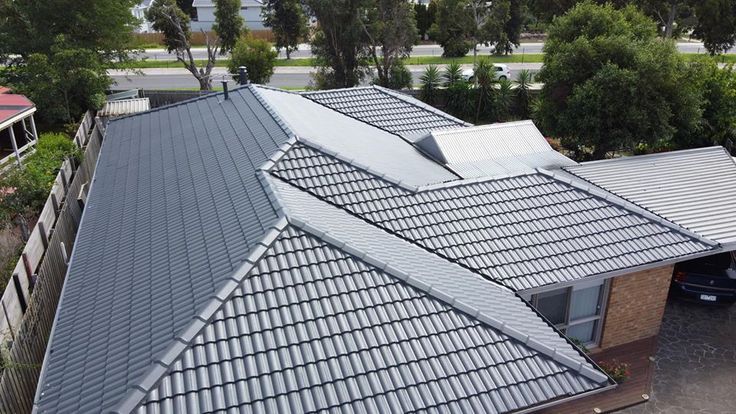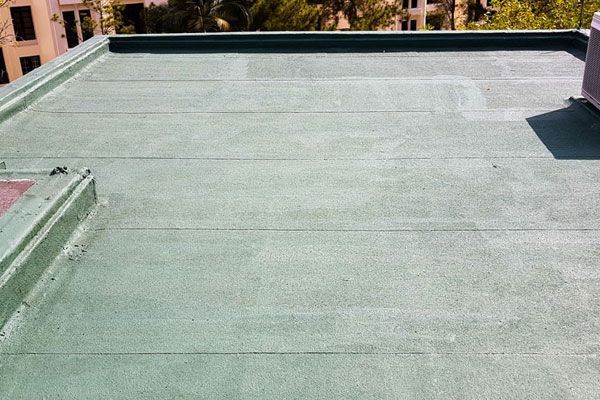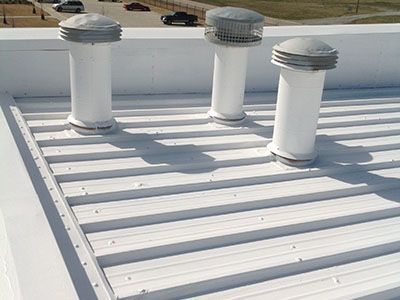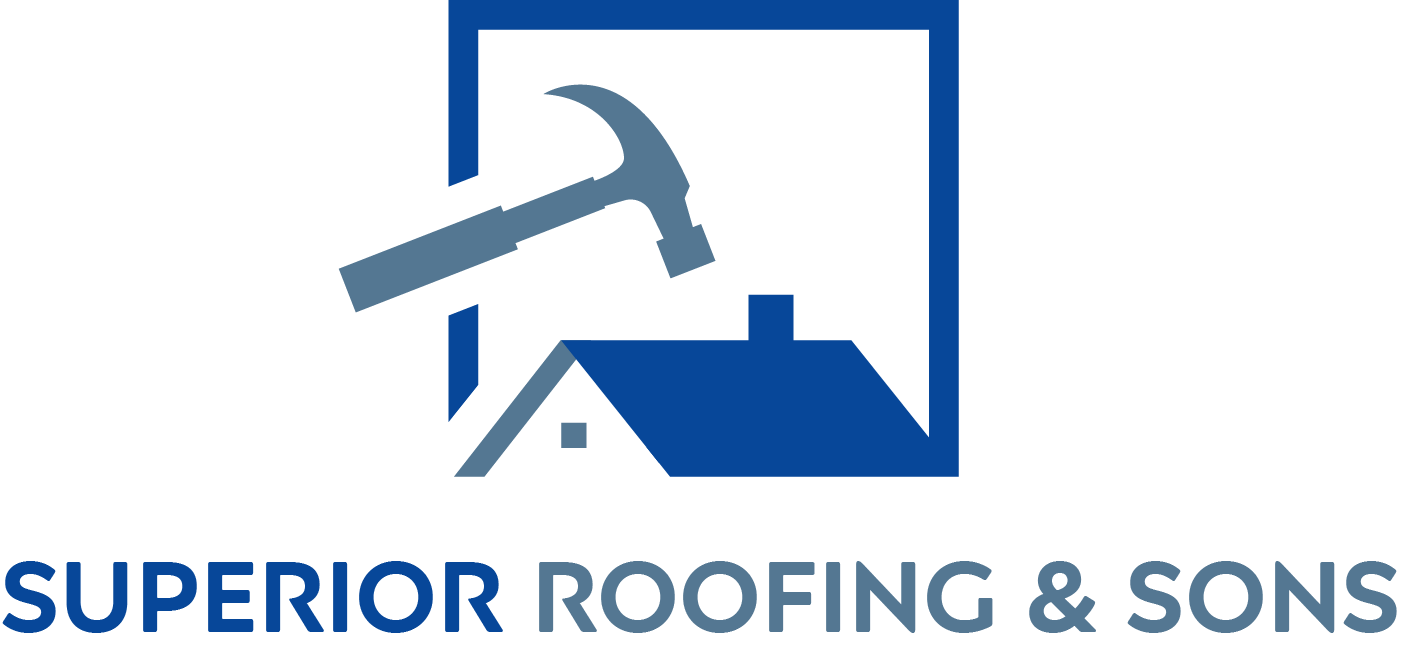Roof Thermal Imaging Inspections
At Superior Roofing & Sons, we employ cutting-edge roof thermal imaging technology to uncover concealed vulnerabilities that remain invisible to conventional inspection methods. Our state-of-the-art infrared diagnostic equipment precisely identifies heat transfer anomalies, moisture infiltration patterns, and insulation degradation with unparalleled accuracy—detecting potential failures at their earliest stages before they escalate into catastrophic damage.
Our certified thermography specialists utilize military-grade infrared cameras to capture detailed temperature variance signatures across your entire roofing system. This advanced diagnostic approach enables us to pinpoint the exact location of moisture intrusion, insulation breakdown, and structural compromises with scientific precision—eliminating guesswork and delivering targeted solutions that address the true source of problems, not just their symptoms. The result: substantial savings in both immediate repair costs and long-term energy expenditure.
We understand that your roof represents the critical first line of defense for your valuable property investment. That's why we've integrated
roof thermal imaging inspections and diagnostics as a cornerstone of our comprehensive protection strategy—providing you with data-driven insights that maximize your roof's performance, extend its service life, and optimize your building's thermal efficiency.
Types of Roofs We Assess With Thermal Imaging
We use thermal imaging to find hidden problems in different roof types. This technology helps us detect moisture, leaks, and insulation issues quickly and safely. It works on many roof materials and shapes.
Commercial Roofs
Commercial roofs are often large and made of materials like TPO, EPDM, or modified bitumen. These roofs can have complex layers that hide water damage or insulation gaps.
Thermal imaging helps us spot wet insulation or trapped moisture under membranes. This prevents costly repairs and stops energy loss.
We also use this method for regular checks to maintain roof warranties and avoid unexpected failures in busy commercial spaces.
Residential Roofs
Residential roofs usually have shingles, tiles, or metal panels. They are smaller but can still hide damage inside the roof structure.
Thermal imaging finds leaks under shingles or weak areas caused by hidden moisture. This helps homeowners avoid costly repairs later.
We can also check attic insulation and spot heat loss. This keeps homes comfortable and saves energy.

Flat and Low-Slope Roofs
Flat and low-slope roofs often have layers of membrane or built-up materials. Water can pool in spots, leading to hidden leaks.
Thermal imaging detects wet spots even under the surface. This lets us fix issues before they become serious problems.
These roofs need frequent checks because moisture damage can be hard to see and can cause early roof failure.

Our Roof Thermal Imaging Inspection Process
We carefully examine your roof using advanced tools and expert techniques. Our process includes a full check at the start, detailed infrared scanning, and then a clear report that shows what we find.
Initial Consultation and Assessment
We start by talking with you about your roof and any problems you might see. This lets us know what to focus on during the inspection.
Next, we check the roof's general condition from the ground or a nearby vantage point. We note roof materials, age, and any visible damage. Safety and access rules are also reviewed to plan the best way to conduct the scan.
This step helps us create a tailored plan that matches your roof’s needs. We make sure every important area is covered to find hidden issues.
Infrared Scanning Procedure
Our trained technicians use a thermal camera to scan the roof surface. This device detects temperature differences caused by moisture, missing insulation, or roof damage.
We scan the roof in sections to ensure full coverage. The camera captures real-time images and data without harming your roof.
During the scan, we avoid times with extreme weather to get accurate results. The process is quick, often finished within a few hours, depending on roof size.
Data Analysis and Report Generation
After scanning, we analyze the thermal images with special software. This helps us identify potential problem areas like leaks or heat loss.
Our team looks for patterns showing water intrusion or insulation gaps. We evaluate these findings with your roof’s specific details from the initial assessment.
Finally, we create a clear report with images and explanations. We include recommendations for repairs or further inspections to help you make informed decisions.
Why Trust Us
We provide accurate roof thermal imaging with expert care and a focus on your needs. Our team has strong experience, certified skills, and puts you first at every step.
Experience and Credentials
We have worked in roofing and thermal inspections for over 20 years. Our knowledge comes from many different types of roofs and weather conditions. This experience helps us spot hidden problems quickly and precisely.
Our company holds all the necessary licenses and insurance to protect you and your property. We stay updated with industry standards and new technology. This ensures every inspection meets strict quality requirements.
Certified Thermal Imaging Technician
Every technician on our team is certified in thermal imaging through recognized programs. This means they understand how to use infrared cameras correctly and interpret the results without guesswork.
Our certified staff follow a strict process when performing inspections. This includes setting proper camera settings and documenting findings clearly. This helps us provide you with accurate reports that reveal issues like leaks, insulation gaps, or moisture build-up.
Customer-Centric Approach
We prioritize clear communication and your satisfaction. From the first phone call to the final report, we keep you informed about what we find and what it means for your roof.
Appointments are scheduled based on your convenience. We also explain any technical details in simple terms to help you make smart decisions. Our goal is to offer honest advice and reliable service tailored to your needs.
FAQs on Roof Thermal Imaging Inspections
We know cost depends on roof size, damage extent, and inspection complexity. Thermal imaging can reveal water leaks, heat loss, and structural problems without damaging the roof. Weather and timing affect inspection accuracy.
What factors influence the cost of a thermal roof inspection?
The size of your roof matters a lot. Bigger roofs cost more to inspect.
Damage level also impacts cost. Roofs with suspected issues take more time to check.
Extra services, like detailed reports or follow-up visits, add to the price.
What are the benefits of using thermal imaging for roof inspections?
Thermal imaging finds hidden problems like leaks and moisture.
It is noninvasive, so we don’t damage your roof during inspection.
The method helps save money by catching issues early.
How can thermal imaging detect hidden roof issues?
Thermal cameras spot temperature differences. Wet spots show up cooler.
This way, we see leaks, missing insulation, or heat loss without cutting into the roof.
How frequently should thermal imaging inspections be conducted on a roof?
We suggest inspections every 1 to 3 years, depending on roof age and condition.
After severe weather, an extra check is helpful.
What distinguishes thermal imaging inspections from traditional roofing evaluations?
Traditional checks rely on visible signs and physical probes.
Thermal imaging reveals problems hidden beneath the roof’s surface.
This provides a clearer picture of the roof’s health.

